Franz Schneider Brakel
About Us
The Story of Grip
For over 100 years, FSB has been producing door and window handles exclusively made in Germany. In Brakel, East Westphalia, FSB makes partly handcrafted, end-to-end products in a variety of materials and surfaces for all areas of application.
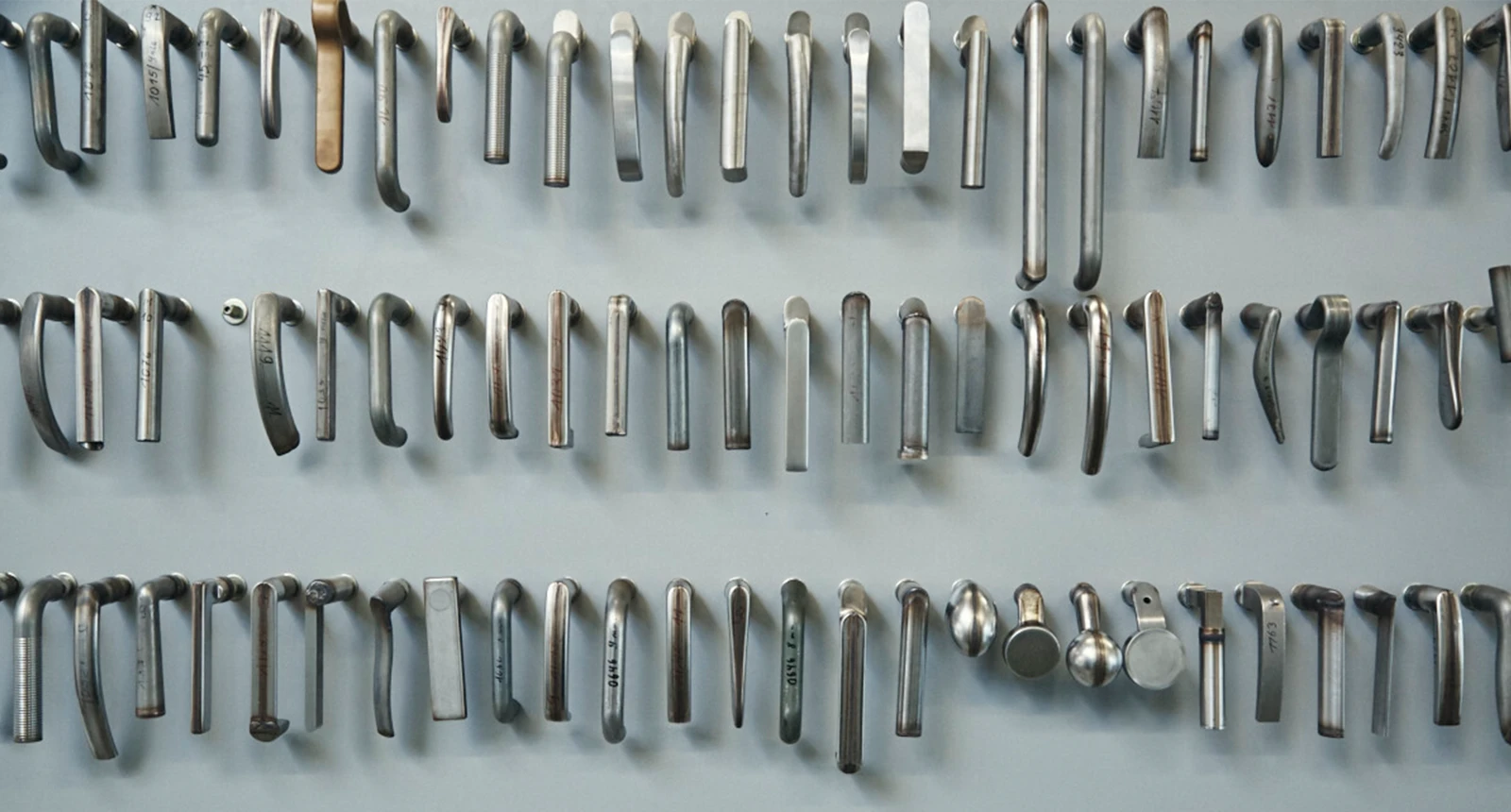
Committed to the tradition of redesign, FSB has adapted modern classics by Gropius, Wagenfeld and Mies van der Rohe to today's parameters and also supplies numerous designs by renowned contemporary architects. FSB wholeheartedly commits to sustainability by embracing innovation, as most recently demonstrated by its resource-conscious finish Aluminum Pure.
Quality That Lives On
For more than 140 years, everything at FSB has revolved around door and window handles—functional, durable, and held to the highest standards of design and craftsmanship. Our products set new benchmarks for architecture and commercial construction. Choosing FSB means choosing quality that lives on.
Quality Made in Germany
Made in Brakel, delivered around the world. Award-winning, certified, and sustainable. Honors like the German Design Award and the iF Design Award affirm our design excellence, while certifications such as EN 1906 and ISO 14001 confirm our commitment to the highest standards. We combine tested quality with responsible action.
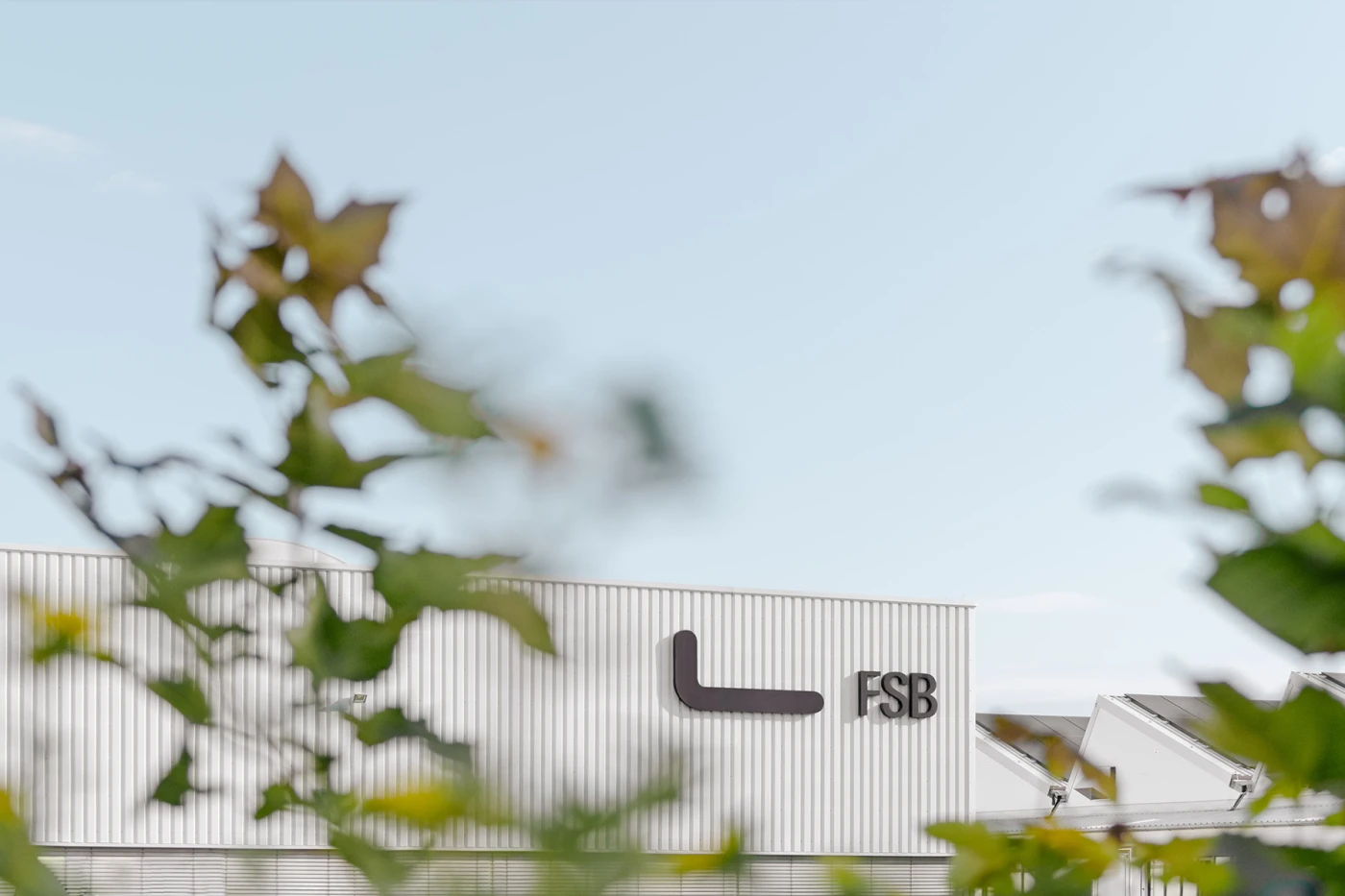
History
“Always forward-looking—our legacy drives us to shape what’s next.”
-
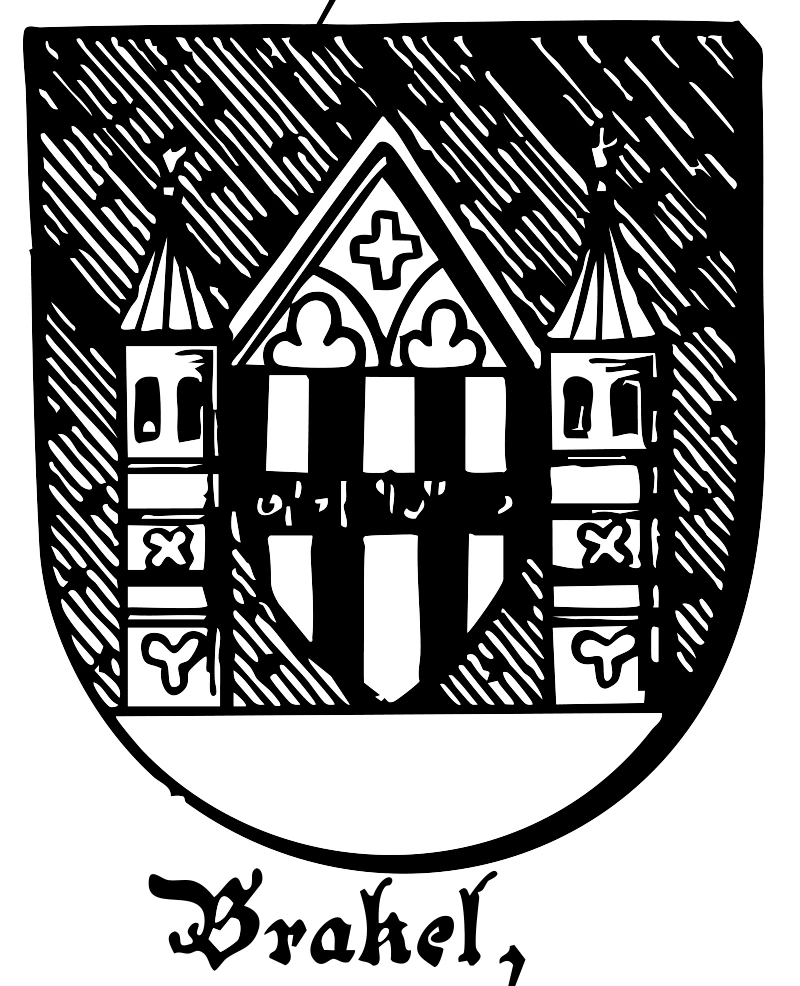
Our story starts in 1881 with the founding of the “Westphalian Metalworks” in Iserlohn. Franz Schneider produced ornate brass fittings and devotional items, soon publishing his first pocket-sized product catalog. In 1909, the company relocated from the Sauerland region to Brakel in East Westphalia, adopting the name Franz Schneider Brakel—FSB.
The 1920s brought a radical shift in design thinking, led by the Bauhaus. Clear, functional forms redefined modern aesthetics—and FSB responded. We expanded into door and window hardware, offering products in nickel, chrome, and brass that reflected the spirit of the time.
-
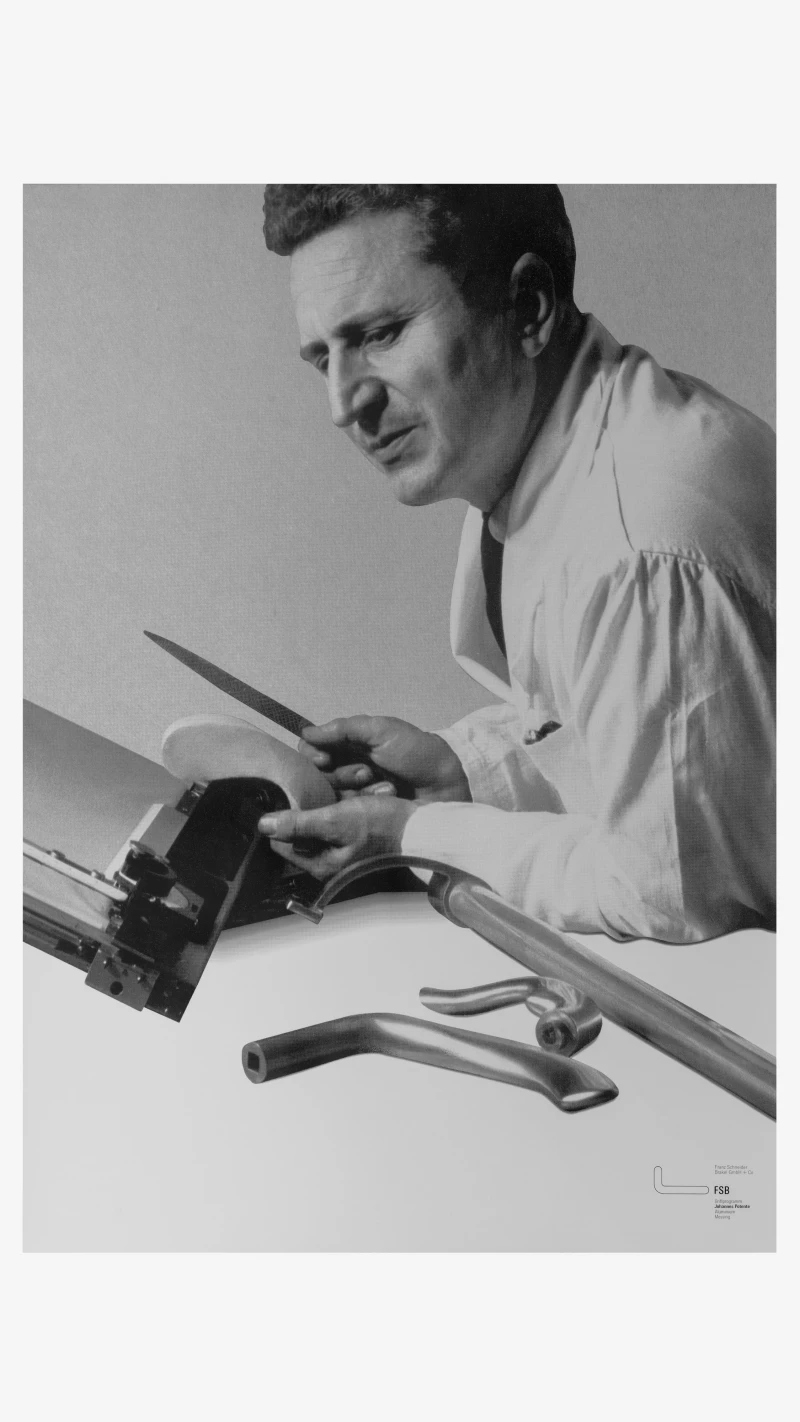
In the 1950s, designer Johannes Potente pioneered the concept of “hand-form design,” shaping a new standard for ergonomic hardware. His work would later enter the permanent collection of the Museum of Modern Art in New York.
During the postwar boom, FSB invested in modernizing production and logistics. Solid materials like aluminum and brass guaranteed the lasting quality of our German-made products. Later, stainless steel and bronze were added to the portfolio.
-
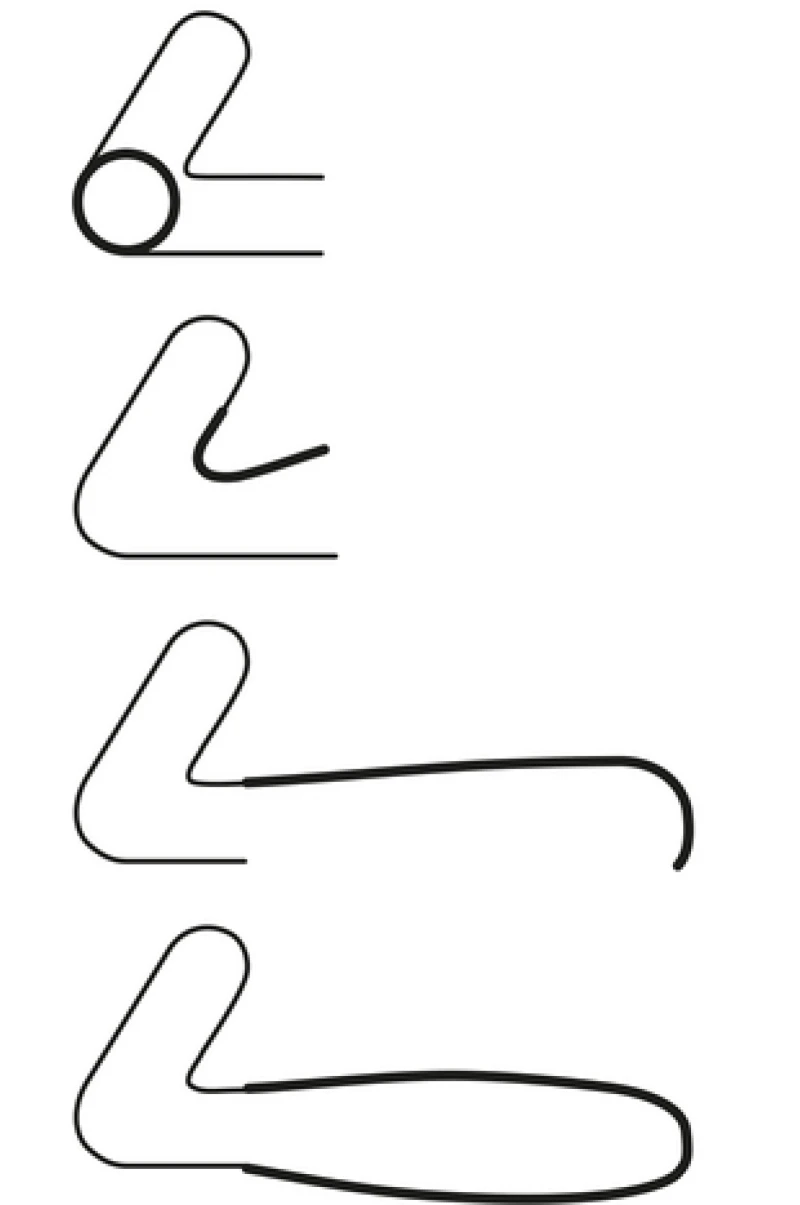
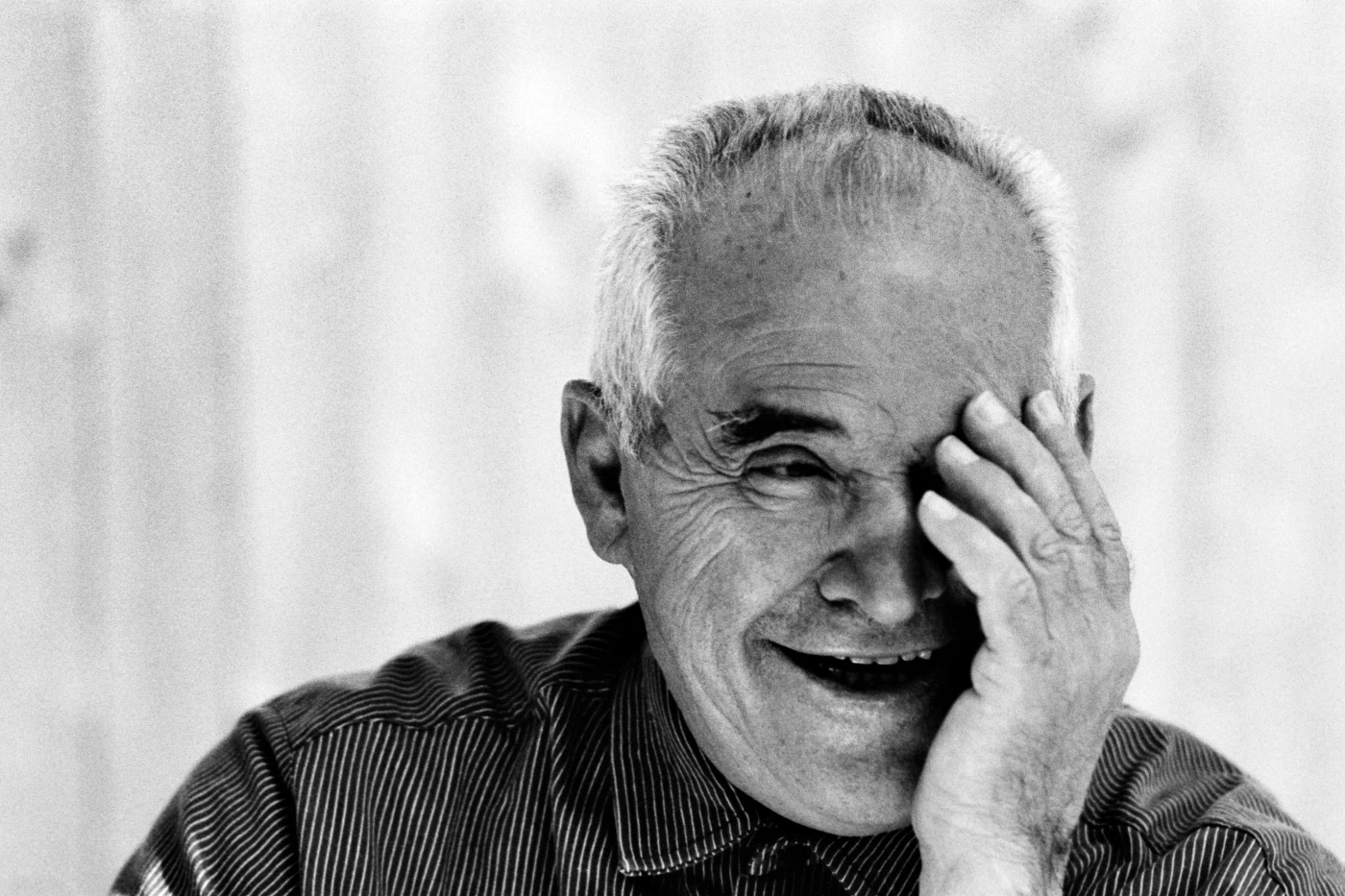
In 1981, as FSB celebrated its centennial, managing director Jürgen Werner Braun invited legendary designer Otl Aicher to join the company. Aicher’s influence marked a turning point. Grasping became a philosophical concept. We realized we weren’t just making handles—we were crafting “products for the hand.”Aicher formulated the Four Principles of Grasping, which remain foundational to FSB’s design ethos. He also created the iconic FSB logo, inspired by a handle designed by philosopher Ludwig Wittgenstein for his sister’s house in Vienna—a symbol of functional clarity. Wittgenstein once said, “Only in use does the rod become a lever”—a phrase Aicher saw as the essence of good design.
In 1987, FSB published its first book: Grasping and Handles. This title would grow into a 16-volume series on design and the FSB brand—now standard reading at many architecture schools.
-
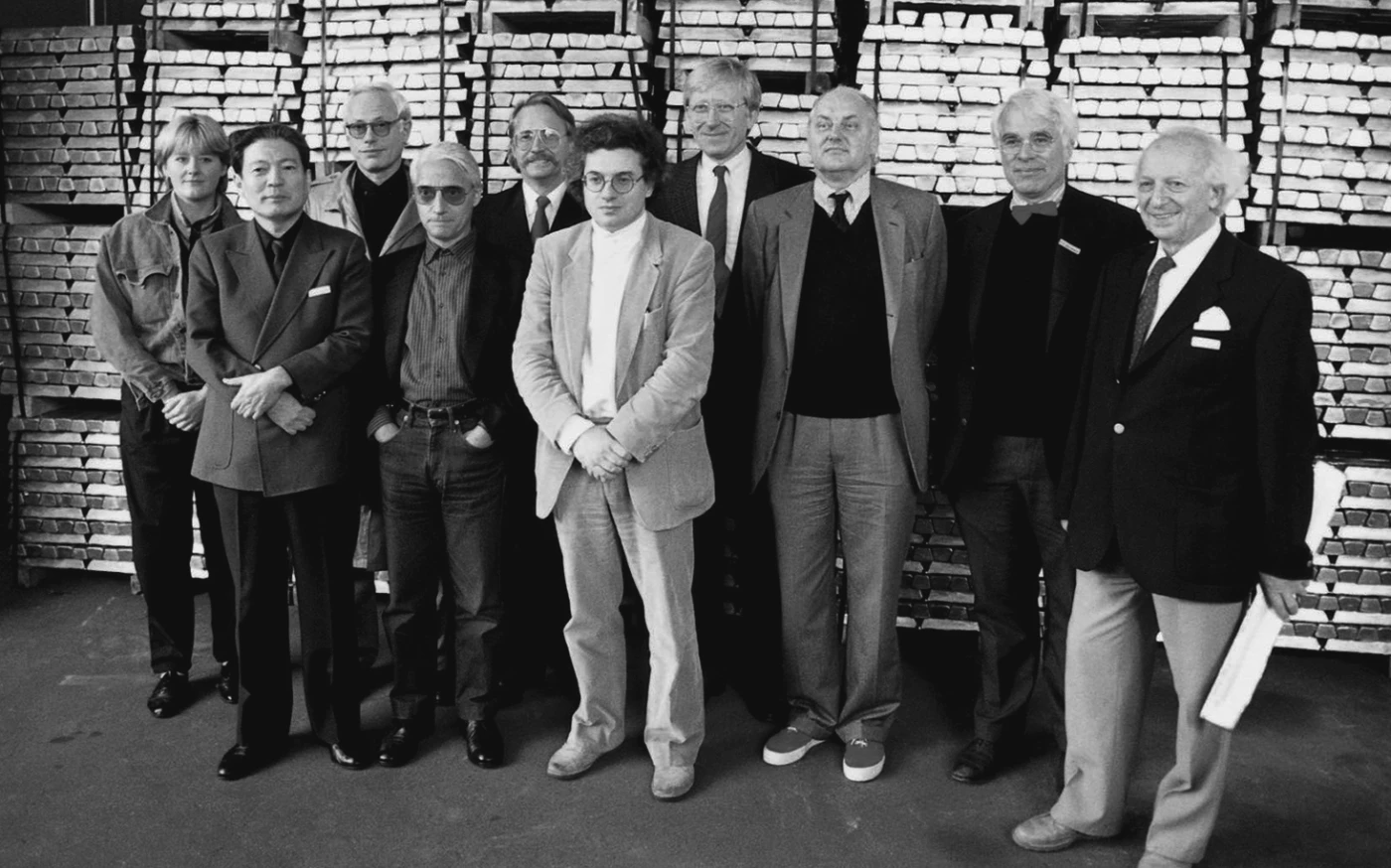
In 1986, Jürgen Werner Braun invited renowned architects and designers to Brakel for a handle workshop. The likes of Dieter Rams, Mario Botta, Hans Hollein, and Alessandro Mendini developed new benchmarks for handle design and helped establish the concept of “author design.”
This spirit lives on today: FSB continues to collaborate with leading voices in architecture, including Jasper Morrison, David Chipperfield, Hadi Teherani, Heike Falkenberg, Hans Kollhoff, Foster + Partners, and many more.
-
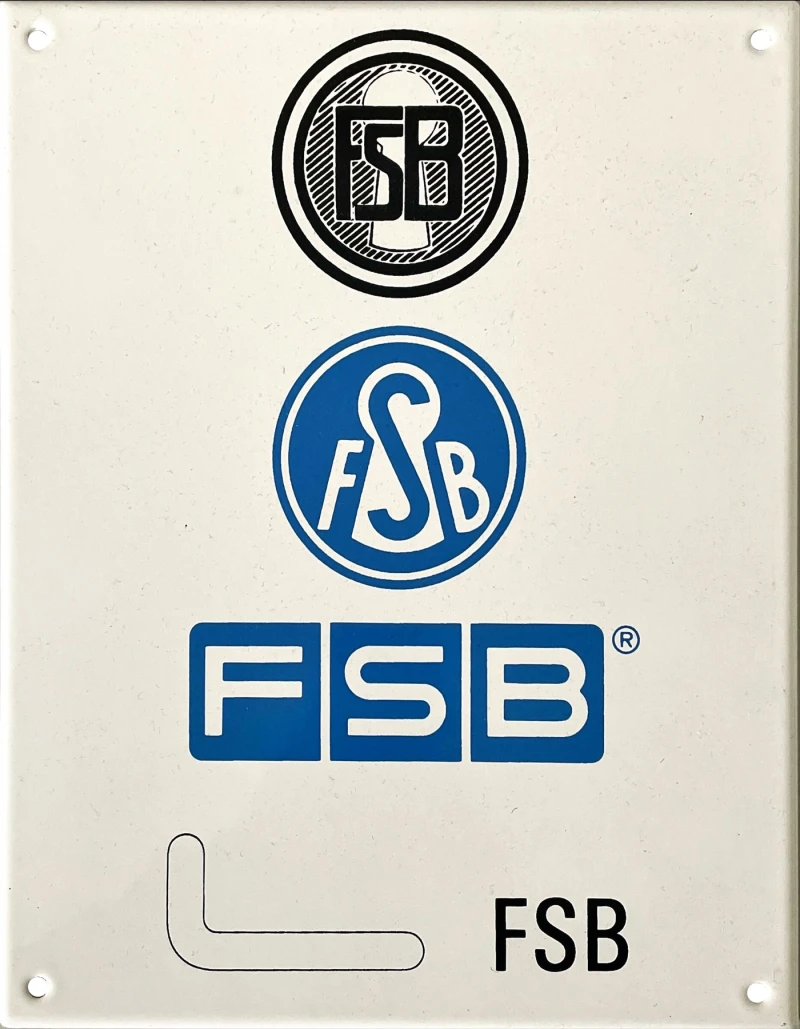
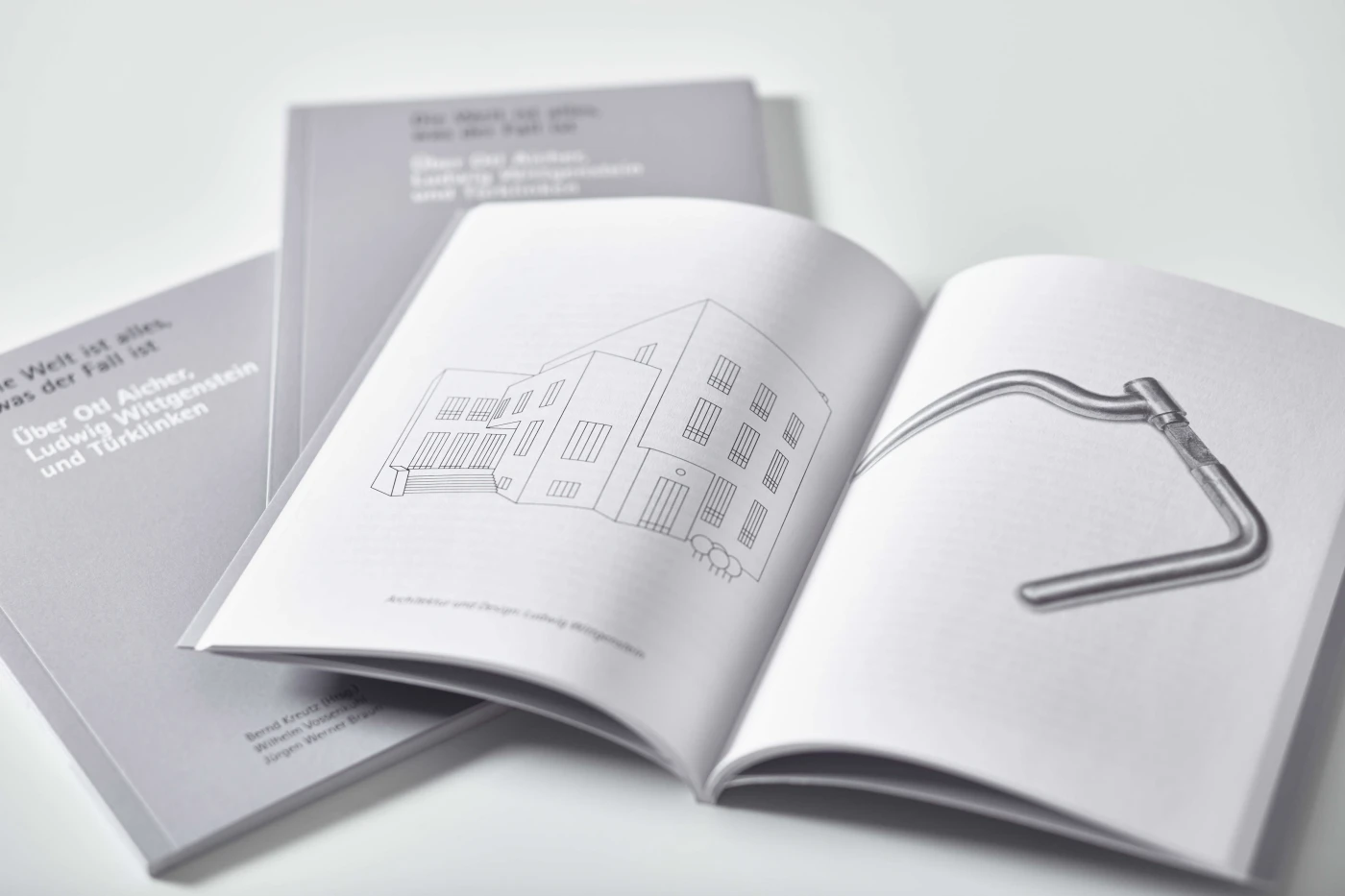
The 1990s marked a period of renewal. As a reunited Berlin came to life, FSB hardware was specified for high-profile projects like the Kollhoff Tower at Potsdamer Platz, the Kant Triangle, the Leibniz Colonnades, and the Federal Foreign Office.
Aicher’s influence was also felt in FSB’s visual identity, rooted in his minimalist design philosophy. Sustainability emerged as a priority: in 1991, FSB adopted its first environmental charter. By 2010, Environmental Product Declarations (EPDs) were introduced across the entire range—an industry first in architectural hardware.
-
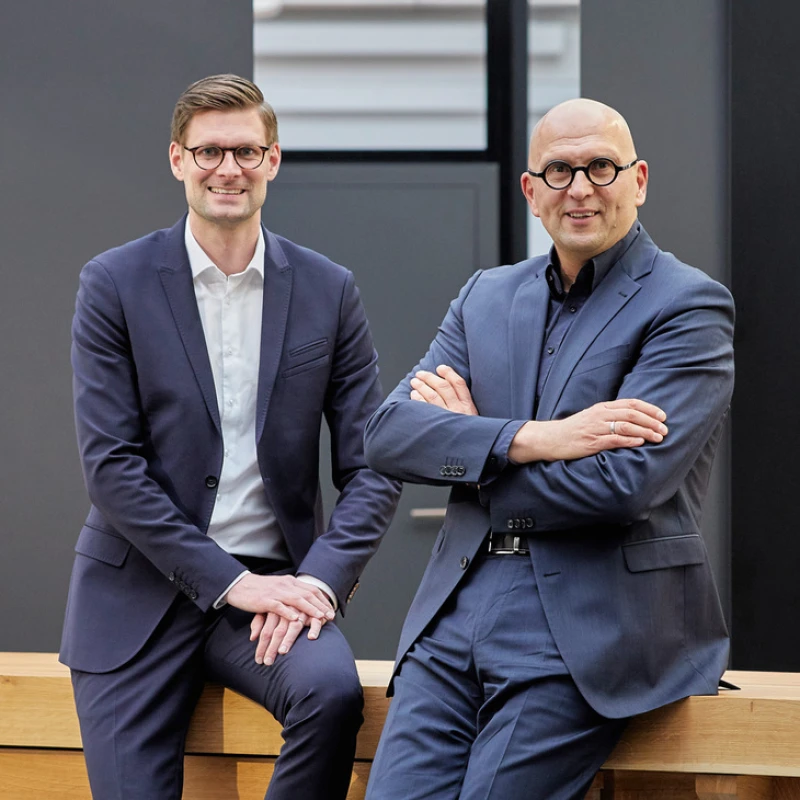
In 2021, Tobias Gockeln—part of the founding family—returned to the management team after 40 years. He was joined by managing director Jürgen Hess in 2022. With more than 140 years of expertise and a portfolio of over 25,000 products—many exceeding industry standards—FSB is well positioned for the challenges and opportunities ahead.
We continue to lead in innovation and design: from the extensive FSB 1292 series developed with Foster + Partners to new sustainable finishes like Aluminum Pure. Thanks to a streamlined production process, this surface saves energy and water while improving recyclability at the end of its life cycle.
Newsletter
Our FSB Newsletter formats keep you informed about product innovations and current topics.

